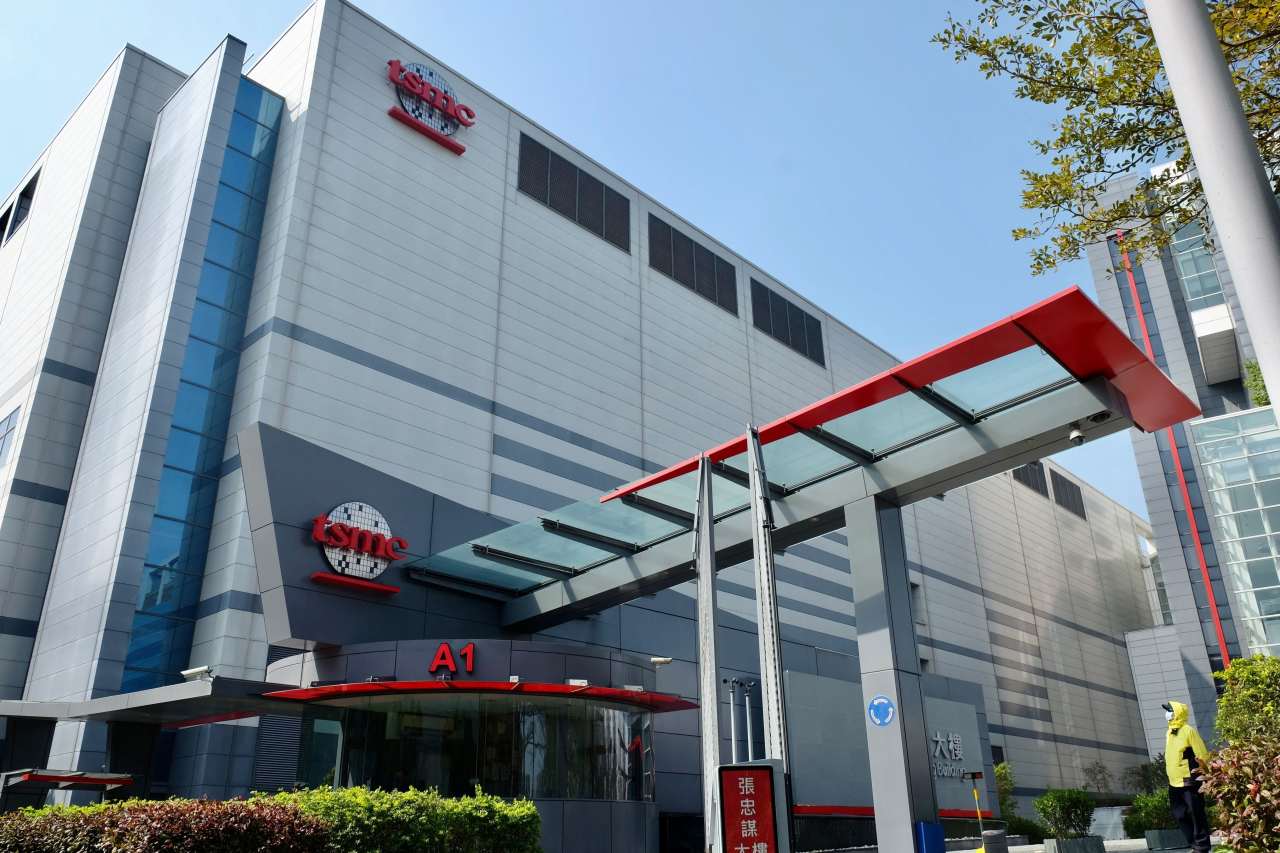The Taiwan Semiconductor Manufacturing Company (TSMC) is set to make a substantial investment in the United States, committing $40 billion to expand its manufacturing capabilities. This move, announced on October 15, 2023, is aimed at bolstering the production of advanced microchips in Arizona. However, the decision raises questions about potential challenges and implications for the global semiconductor industry.
The investment marks one of the largest foreign direct investments in U.S. history, underscoring the strategic importance of semiconductor manufacturing. TSMC’s decision aligns with efforts by the U.S. government to reduce dependency on Asian supply chains, particularly in light of recent geopolitical tensions and supply chain disruptions caused by the COVID-19 pandemic.
Strategic Importance of Semiconductor Manufacturing
Semiconductors are critical components in a wide range of technologies, from smartphones to military systems. The global chip shortage that emerged during the pandemic highlighted vulnerabilities in the supply chain, prompting countries to reconsider their manufacturing strategies. The U.S. government has been actively encouraging companies to build more manufacturing facilities domestically.
“The semiconductor industry is the backbone of modern technology. Increasing domestic production is not just an economic priority but a national security imperative,” said Gina Raimondo, U.S. Secretary of Commerce.
TSMC’s investment is expected to create thousands of jobs and strengthen the U.S. position in the global semiconductor market. However, experts caution that the move could also lead to increased competition and potential overcapacity issues.
Challenges and Concerns
While the investment is a significant boost for U.S. manufacturing, it also presents several challenges. One of the primary concerns is the potential for increased production costs. Manufacturing in the U.S. is generally more expensive than in Asia due to higher labor costs and stricter environmental regulations.
Moreover, there are concerns about the availability of skilled labor. The semiconductor industry requires a highly specialized workforce, and there is a shortage of trained professionals in the U.S. to meet this demand. This could slow down the ramp-up of production and affect the overall efficiency of the new facilities.
“The U.S. needs to invest in education and training programs to ensure a steady supply of skilled workers for the semiconductor industry,” noted Dr. Lisa Wang, a technology analyst at TechInsights.
Global Implications and Historical Parallels
The move by TSMC to invest heavily in the U.S. reflects broader trends in the global semiconductor industry. Historically, shifts in manufacturing locations have had significant impacts on the industry. In the 1980s, Japan’s rise as a semiconductor powerhouse led to increased competition and innovation.
Similarly, TSMC’s expansion in the U.S. could spur innovation and competition, potentially leading to advancements in semiconductor technologies. However, it could also exacerbate tensions between the U.S. and China, as both countries vie for technological supremacy.
By the Numbers: The global semiconductor market is projected to reach $1 trillion by 2030, driven by demand for advanced technologies such as AI and 5G.
Looking Ahead
As TSMC moves forward with its investment, the focus will be on how effectively the company can integrate its operations within the U.S. landscape. The success of this venture could influence future foreign investments and shape the trajectory of the semiconductor industry.
Meanwhile, policymakers and industry leaders will need to address the challenges of workforce development and cost management to ensure that the U.S. remains competitive in this critical sector.
In conclusion, TSMC’s $40 billion investment in the U.S. presents both opportunities and challenges. While it strengthens the U.S. semiconductor industry, it also highlights the need for strategic planning and collaboration to navigate the complexities of global manufacturing.
